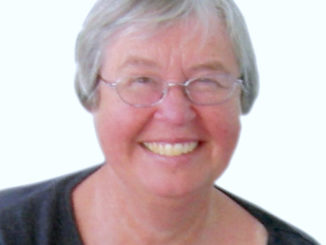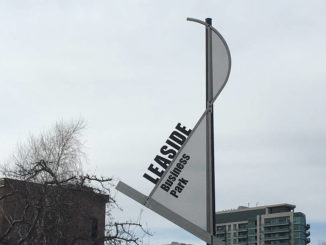
Sitting atop a stack of rugs, I had a conversation with Sam Tehrani, one of Bayview’s latest merchants to join the strip. Sam is a carpet dealer and enthusiast who runs Ghazal Rug Gallery at 1693B Bayview. As a fourth generation carpet dealer, he says almost every picture of him as a kid has a rug in it somewhere.
When he turned 7, he was truly introduced to the world of rugs. He remembers traveling around Persia, visiting villages and smaller cities with his dad, uncle and grandfather, buying from rug makers to sell to Europe. Sam came to visit almost every city in Persia by the time he was 14 years old.
Growing up in Tehran and surrounded by role models, he learned to recognize how different weave patterns reflect each community’s lifestyle. “It’s all related,” he said. Every city and village has a particular technique of weaving and a vision it wants to portray. “Bakhtiar, Tabriz, Isfahan, Kashan, all these cities have their own technique and to me it was very fascinating.”
Sam says Persian universities offer 50 different majors related to rugs, and his was the study of weaving patterns and the relationship between lifestyle and weaving style. He showed me some pieces to explain. One rug had a long, brassy rectangle in the middle with indented edges and greenery all around. Sam explained the rectangle represents the heart of the village, while the outer area is spotted with flowers, trees, stars and dogs (a symbol of protection). The outer border represents distance, lush jungles and pointy mountain tops. This kind of piece is considered a representation of one’s village to another.
Other rugs symbolize a friendship or relationship between two villages. For example, if the children of two different tribes got married, they would need a rug to symbolize the bond between two families.
After finishing studies in Persia, Sam moved to Toronto and York University at the age of 19 to study business and society. He then worked with his mother in real estate, but the desire to work with rugs remained strong. He decided to import five rugs and sold them within a month. The next month he bought 10, then 15, and he was hooked. When he realized he could make a living doing what he loved most, he decided to launch his own import and distribution business.
Inside Ghazal, Sam points to a beautiful golden carpet filled with tiny flowers. It was made in a desert city that no longer exists. The weavers of this city patterned the rug with flowers, birds and animals, things they revered because they were so rare in the region. Although the city is gone, the rug remains and people like Sam are here to tell their story. History in your hands.
Sam’s last store was at Davenport and Dupont. When it came time to move, his first thought was “Leaside.” He says he’s always felt that the Leaside community had a passion for supporting small business and that’s part of what drew him here. “It’s nice to be part of the community.”





